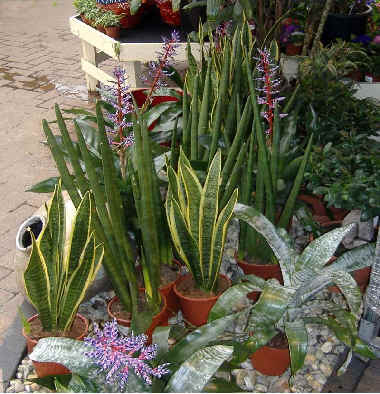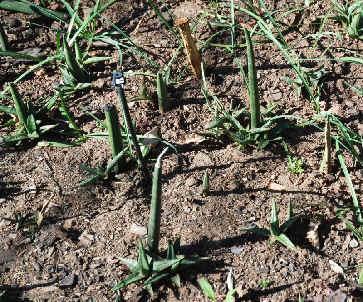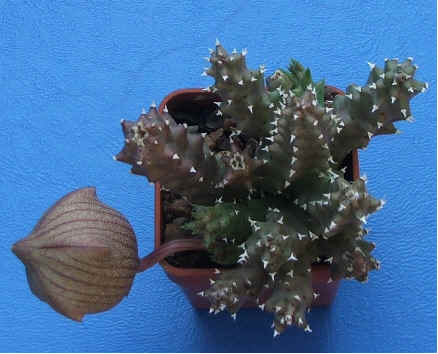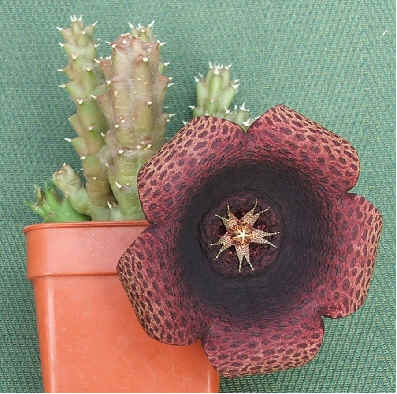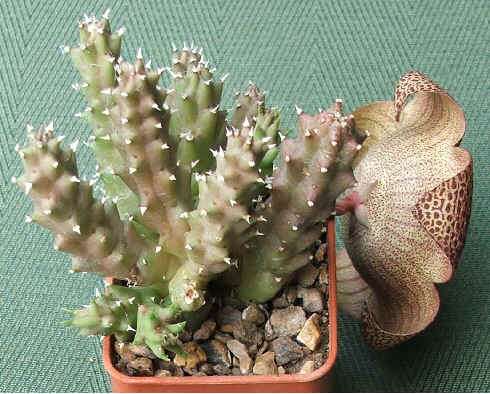The FL and I stopped by the garden centre near Stowe-on-the-Wold for a cuppa and to stretch our legs. Did we buy any plants? Well it’s difficult to resist… Of course we bought some! Near the checkout my eye was caught by some curious house plants that I thought I should recognise. Yes, Sansevieria cylindrica had made its way to the garden centre. They were cuddled up with some more familiar ‘mother-in-law’s tongues’ sansevierias and big silver leaved bromeliads. An attractive arrangement. (Right)
I am not sure that such an evil looking spiky (its common name is apparently “Spear Sansevieria”) has a place in modern décor with children or pets around but it is certainly an interesting species. In search of more info I turned to the IHSP for Monocots, but which family? I found that Sansevieria is a genus in the Dracaenaceae family along with Cordyline and Dracaena; both only borderline succulents, but often cultivated in coloured leaf forms. Incidentally the Cordyline and Dracaena descriptions were written by C. C. Walker: our Colin.
As to Sansevieria cylindrica, what can we glean from IHSP. Well it has erect cylindrical, leaves from 60-150 cm (2-5 ft) with a hard white tip. And this is a house plant? The internet adds that the small white flowers are fragrant.
